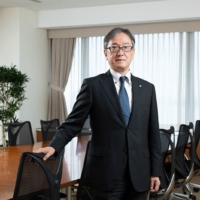Meta
Rei Sasaguchi
Mar 22, 2007
Jan 18, 2007
Oct 26, 2006
Mar 16, 2006
Jan 19, 2006
Sep 15, 2005
May 11, 2005
Mar 16, 2005
Jan 12, 2005
Dec 15, 2004
Oct 20, 2004
Aug 18, 2004
Jul 14, 2004
Jun 9, 2004
































